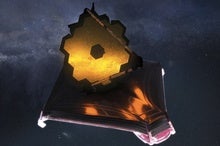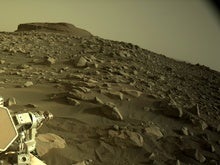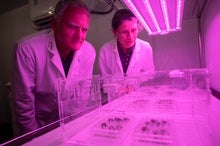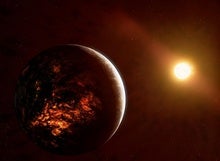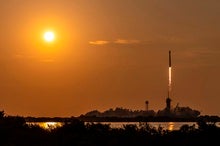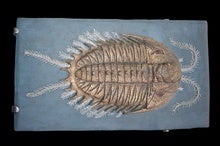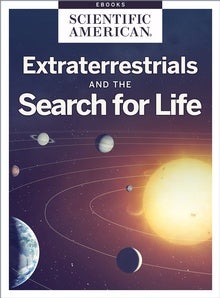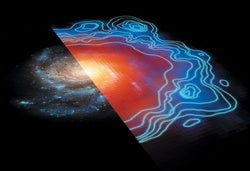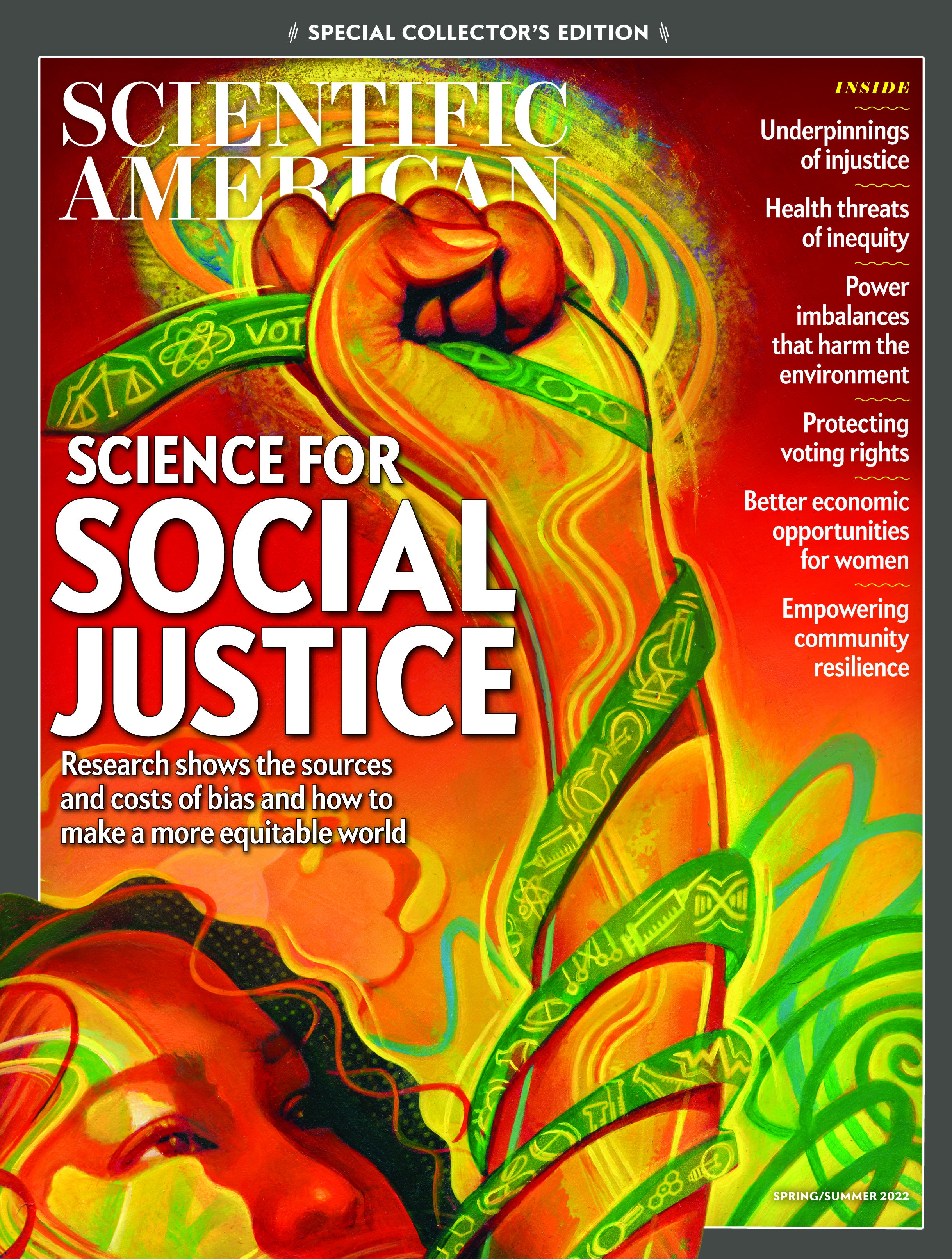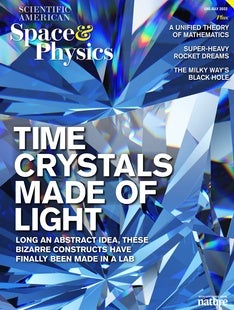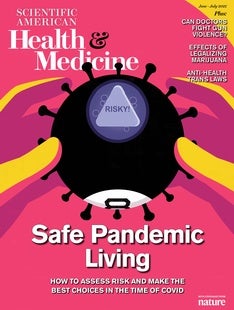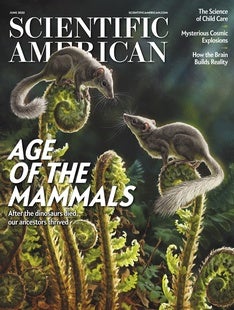 |
| June 09, 2022 |
Dear Reader,
This week, we're gazing into the abyss. Not in a Nietzschean sense, mind you, but rather as part of the long, unrequited quest to know the true nature of dark matter, the mysterious substance that seems to be gravitational glue for galaxies and makes up the bulk of material in the observable universe. Astronomers have historically sought theorized telltale signals of dark matter in crowded regions of the cosmos, chiefly galaxy clusters, where it is thought to be most prevalent. But, as our lead story explains, a new proposal suggests instead that the best chances for spying such signals may come from studies of vast expanses of empty space known as cosmic voids. Elsewhere, we have stories on the Perseverance rover's latest life-seeking peregrinations on Mars, a micrometeoroid strike on the James Webb Space Telescope, and more. Enjoy! |
| |
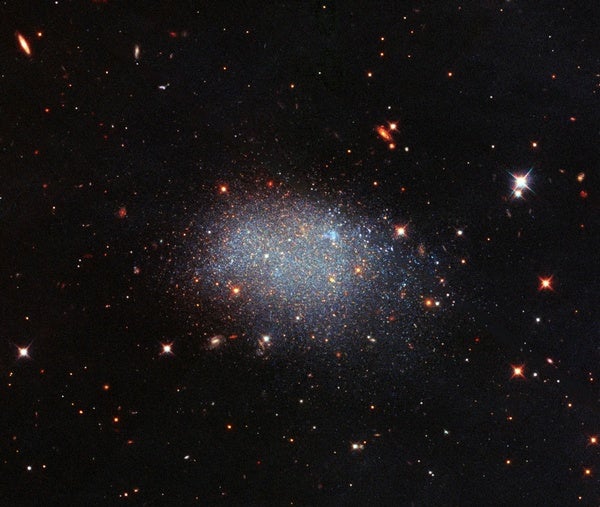 |
| |
| |
| |
| |
| |
| |
| |
| |
FROM THE STORE
 | | Extraterrestrials and the Search for Life Do aliens exist? The enduring mystery of whether we're alone in the universe is a question that continues to drive scientific study into groundbreaking directions. This collection examines the latest thinking in the search for life, from discussing why we haven't found evidence of aliens so far to determining where and how to conduct the search to opening up the possibilities for what otherworldly life could truly look like. |  | | |
| |
FROM THE ARCHIVE
 | | | |
LATEST ISSUES
 |
| |
| Questions? Comments?  | |
| Download the Scientific American App |
| |
| |



